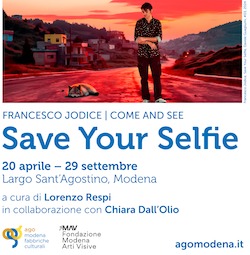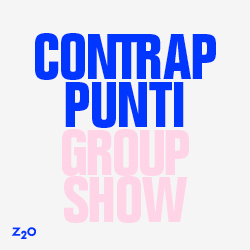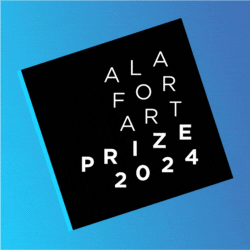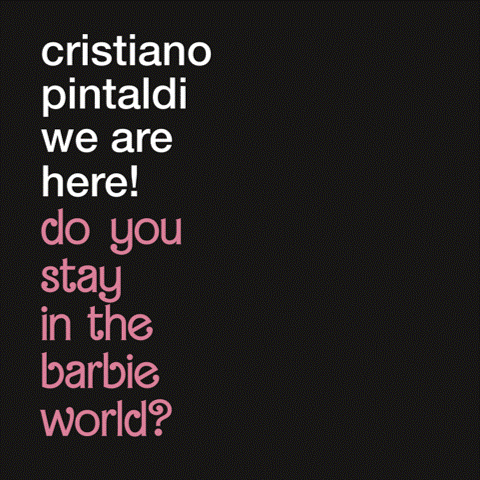


New Art Books to Read è la rubrica da sfogliare sotto il sole per scoprire i titoli del momento sul mondo dell’arte e non solo. A consigliarli sette case editrici (Artphilein, Corraini, Humboldt Books, Joahn & Levi, Mousse, Nero editions e Postmedia books) eccellenze del mondo editoriale nazionale e internazionale. Tre o quattro titoli per ciascun editore, nuove uscite e titoli che non possono mancare tra gli scaffali, per esplorare il mondo dell’arte e la sua storia, i suoi personaggi, le sue tematiche e le sue tendenze.
Questa volta è il turno di Mousse Publishing nata nel 2006 come spin-off di Mousse magazine per dare con lo scopo di dare originalità, cura e rispetto ad ogni edizione stampata. Mousse Publishing pubblica libri con artisti, scrittori, istituzioni pubbliche e private, gallerie e altre iniziative artistiche e culturali. Il focus è sulle monografie degli artisti e sui libri d’artista, concepiti e creati in concerto con gli artisti coinvolti.
Paula Marincola — Site Read: Seven Curators on Their Landmark Exhibition
Testi: Yves Aupetitallot, Mary Jane Jacob, Lu Jie, Raimundas Malašauskas, Alan W. Moore, Seth Siegelaub with Teresa Gleadowe, Jennifer (Licht) Winkworth – prefazione di Bruce Altshuler – Inglese – Formato: copertina flessibile, 15,3×20,5 cm – Pagine: 192 – Anno di pubblicazione: 2019 – ISBN 978-88-6749-393-7 – € 18 / $ 20
“[I]t is not the physical site that makes for important innovation, but the multiple contexts in which that site is discursively embedded. We might even begin to speak of discursive sites, extending the notion of exhibition siting beyond that of physical location. And that expanded sense of site points to a larger discussion of artistic intention, viewer interpretation, and the significance of cultural objects.”—Bruce Altshuler
In this anthology, seven exhibition makers lay out the motivations, conditions, logistics, and consequences of shows they organized that now stand as icons of structural innovation in terms of site. These exhibitions treat the museum as a studio (with works realized on-site); appear outside the museum (in the landscape, in domestic spaces, in the street, in the sky); and take the form of publishing or broadcasting (in books, online, or on television), dispersing or networking (as mail art, or simultaneous happenings in different cities), or interspersing (interventions in the public sphere). Getting these curators on the record in their own voices gets at the core of their innovations—how the shows came to be, and what they became—and brings out the story and character of exhibitions that have, in many cases, already been written about extensively, while mitigating hagiography and historicization. This anthology provides a useful framework for understanding the foundations and mechanisms of current practice.
Site Read is produced by The Pew Center for Arts & Heritage, Philadelphia.



Laura López Paniagua – Mike Kelley: Materialist Aesthetics
prefazione di John Miller – Inglese – Formato: copertina flessibile, 13×19,5 cm – Pagine: 244 – Anno di pubblicazione: 2020 – ISBN 978-88-6749-416-3 – € 22 / $ 25
Mike Kelley is best known as one of the most influential visual artists of his generation. But he was also an insightful theorist who wrote profusely about his work as well as on aesthetics in the 1980s, 1990s, and 2000s, an epoch marked, in his view, by victim culture and the pop psychology phenomenon known as repressed memory syndrome. Mike Kelley: Materialist Aesthetics and Memory Illusions presents the artist in a new light, almost as an empirical philosopher delivering his position through art as well as writing. In a meticulous and transdisciplinary approach, Laura López Paniagua presents Kelley’s oeuvre as a stance in materialist aesthetics and weaves thoughtful relations between the artist’s critique, statements, and comments and the theories of thinkers such as Georges Bataille, Walter Benjamin, Pierre Bourdieu, Sigmund Freud, Jacques Lacan, and Maurice Merleau-Ponty. López Paniagua focuses on Kelley’s artistic production between 1995 and his death in 2012, analyzing these works vis-à-vis the concept of memory, one of the artist’s obsessions and leitmotivs throughout his career.

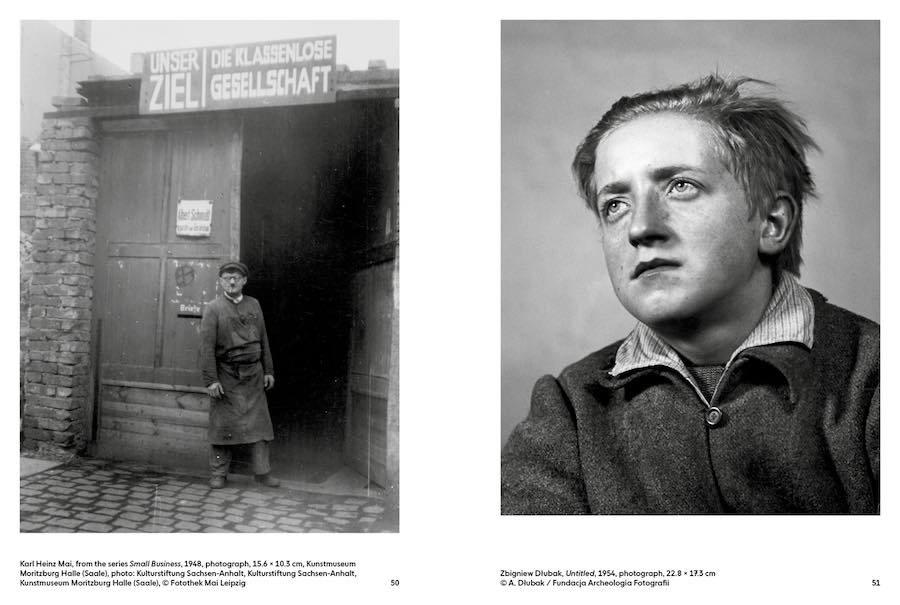
Testi: Justyna Balisz-Schmelz, Jérôme Bazin, Irina Cărăbaș, Ralf Forster, Maja and Reuben Fowkes, Katerina Gadzheva, Wojciech Grzybała, Emma Hanzlíková, Sándor Hornyik, Sándor Horváth, Astrid Ihle, Constantin Iordachi, Dorota Jarecka, Vít Jakubíček, Marie Klimešová, Joanna Kordjak, Doreen Mende, Alina Mircea, Zsolt Petrányi, Agata Pietrasik Kristina Popova Nadège Ragaru Gábor Rieder, Hana Rousová, Piotr Rypson, Piotr Słodkowski, Oliver Sukrow, Aleksandra Sumorok, Ondřej Táborský, Monika Talarczyk, Irina Tulbure, Aneta Vasileva, Magdalena Ziółkowska – Inglese – Formato: copertina flessibile, 16×21,5 cm – Pagine: 320 – Anno di pubblicazione: 2020 – € 25 / $ 29.95
Cold Revolution: Central and Eastern European Societies in Times of Socialist Realism, 1948–1959 is the outcome of an international conference organized by the Zachęta – National Gallery of Art, Warsaw, in January 2020, and an exhibition project (planned for May 25 – September 19, 2021). Both the conference and the show deal with Socialist Realism, a sensitive and problematic period in contemporary art history.
The publication inquires about the relationship between the visual culture of the 1950s and the radical social revolution that took place in Central and Eastern Europe in the ‘cold’ climate of growing international tensions and the strengthening of communist dictatorships.
Covering and linking together a wide range of areas of study—art history, but also social, political, and cultural history—thirty contributors explore deeply the 1950s’ social transformations, presenting intersectional essays on cultural and art history, short key study texts and profound analysis examples from the fields of painting, architecture and urban planning, design, photography, film and graphic design, representative of different countries, such as Poland, GDR, Czechoslovakia, Bulgaria, Romania, and Hungary.






